
José Gervasio Artigas Arnal was a soldier and statesman who is regarded as a national hero in Uruguay and the father of Uruguayan nationhood.

Alejo Julio Argentino Roca Paz was an army general and statesman who served as President of Argentina from 1880 to 1886 and from 1898 to 1904. Roca is the most important representative of the Generation of '80 and is known for directing the Conquest of the Desert, a series of military campaigns against the indigenous peoples of Patagonia sometimes considered a genocide.
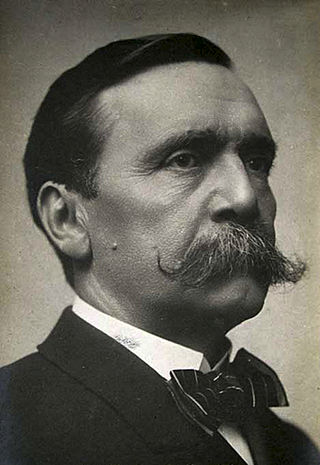
Carlos Enrique José Pellegrini Bevans was Vice President of Argentina and became President of Argentina from August 6, 1890 to October 12, 1892, upon Miguel Ángel Juárez Celman's resignation.

Silvina Noelia Luna was an Argentine model, actress and vedette.

The Revolution of the Park, also known as the Revolution of '90, was an uprising against the national government of Argentina that took place on July 26, 1890, and started with the takeover of the Buenos Aires Artillery Park. It was led by members of the Civic Union against the presidency of Miguel Juárez Celman. Though it failed in its main goals, the revolution forced Celman's resignation and marked the decline of the elite of the Generation of '80.
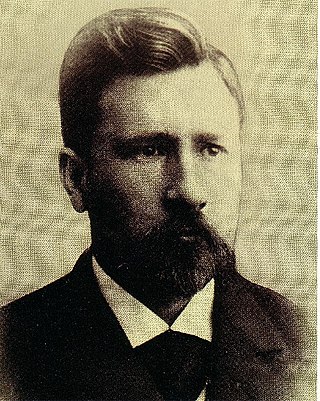
The Civic Union of the Youth was a youth-oriented Argentine political party founded on September 1, 1889, and dissolved on April 13, 1890, with the establishment of the Civic Union. Soon afterward its leaders originated the most important Argentine political parties of the early 20th Century: the Radical Civic Union, the National Civic Union, the Socialist Party, and the Democratic Progressive Party.
The National Civic Union was a liberal political party in Argentina formed in 1891 as the result of a split in the Civic Union, and dissolved in 1916. It based largely on the personality of its leader, Bartolomé Mitre.

The Domingo Faustino Sarmiento Railway (FCDFS), named after the former Argentine president, statesman, educator, and author Domingo Faustino Sarmiento, is one of the six state-owned Argentine railway divisions formed after President Juan Perón's nationalisation of the Argentine railway network in 1948. The six companies were managed by Ferrocarriles Argentinos which was later broken up during the process of railway privatisation beginning in 1991 during Carlos Menem's presidency.
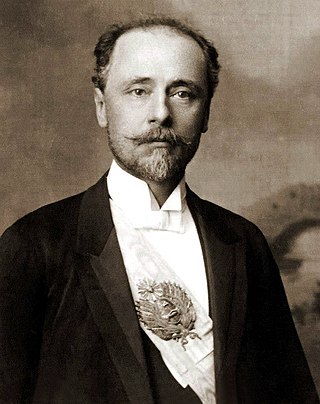
Miguel Ángel Juárez Celman was an Argentine lawyer and politician. President of the Nation from October 12, 1886 until his resignation on August 6, 1890.

José Nicolás Matienzo was a prominent Argentine lawyer, writer, academic, and policy maker.
Argentina held nine presidential elections between 1862 and 1910, every six years.

Eduardo Wilde was an Argentine physician, politician, and writer, and among the most prominent intellectual figures of the modernizing Generation of '80 in Argentina.
Manuel G. Posadas was an Afro-Argentine musician, journalist and Argentine soldier in the nineteenth century.
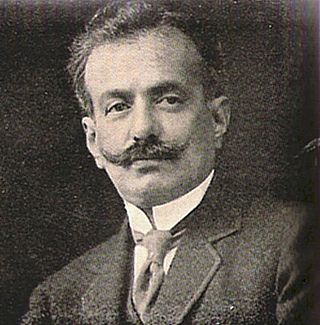
Ramón José Cárcano was an Argentine lawyer, historian and politician who served as Governor of Córdoba from 1913 to 1916, and from 1925 to 1928.

Claudio Mamerto Cuenca was an Argentine physician and poet.

The Palace of Justice of the Argentine Nation, is a large building complex located in Buenos Aires, Argentina. It is the seat of the Supreme Court and other lower courts.
Events in the year 1881 in Argentina.
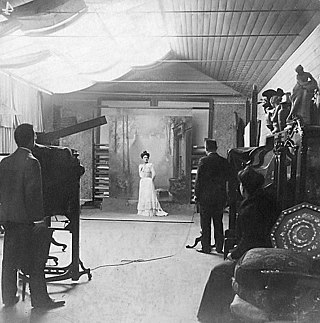
Events in the year 1880 in Argentina.
Events in the year 1890 in Argentina.
Events in the year 1886 in Argentina.
















